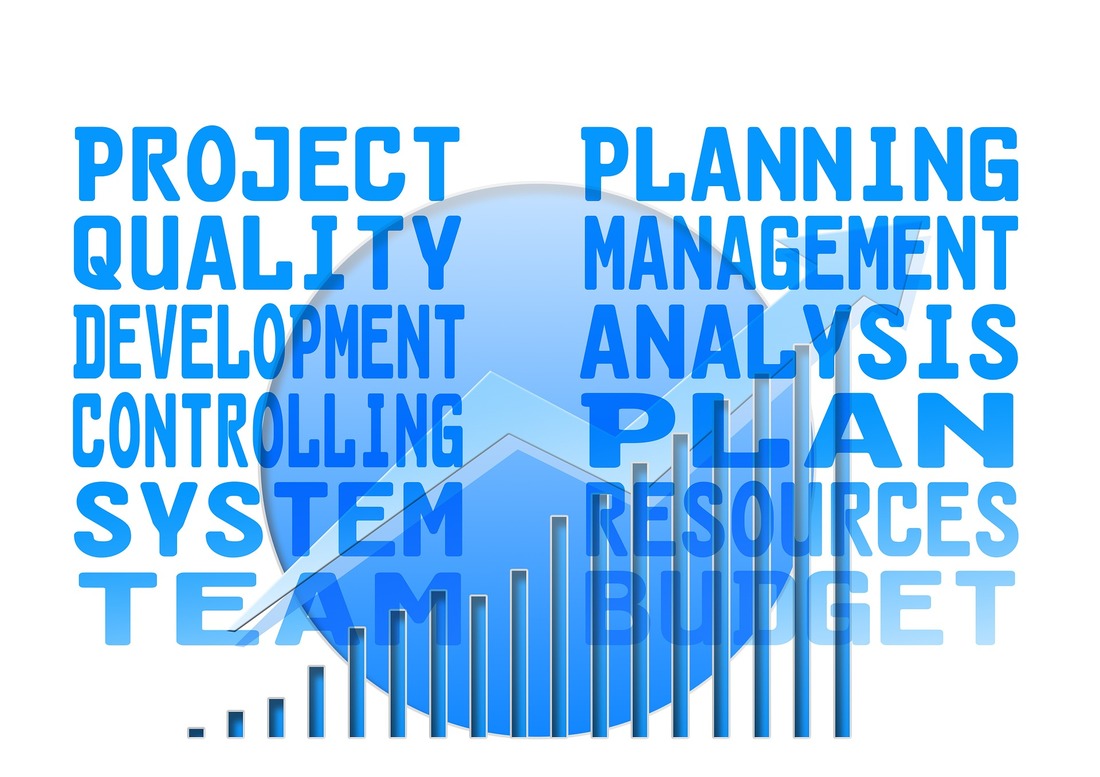|
I have created budgets for a lot of SaaS and non-SaaS startups and am sharing the budget template. If the company is mature enough you will need to use a system like Adaptive or Hyperion. However, the below google template can be used as a good starting point to create your budget for most of the startups. Please feel free to copy, modify and use.
Link to the Master SaaS budgeting spreadsheet
0 Comments
I created a SaaS pricing deck for one of my entrepreneur friends a while back. Updated it with changes and putting it here. In wandering around the Internet as I follow interesting companies, I noticed some action with AppDynamics. AppDynamics is an intelligent application performance monitoring company. Check more here. Their total funding as of date is 350M+. More details here. They just filed an S-1 on December 28th, 2016. See here.
The company highlights are as follows:
This Raises Some Questions and Thoughts The cash flow from operations (CFO) for the 9 months ending Oct 31 2016 was only negative 2.2M USD. Can that be improved? CFO in the last quarter of 2016( Oct 31 2015 - Jan 31 2016) was 7M+. Is the company approaching positive cash flows? How much of the current $12B TAM can AppDynamics capture? There is already plenty of competition including New Relic, which went public a couple of years back. They aren’t profitable either. The Sales & Marketing (S&M) spend seems high. S&M spend is $118M for 9 months ending Oct 31st 2016 while Revenue increased only 56M during the period over the corresponding 9 months in 2015. Is this just “landing” in the “land and expand” strategy? The S-1 takes this concern head on by stating: “ Investments we make in our sales capacity will occur in advance of any return on such investments, making it difficult for us to determine if we are efficiently allocating our resources in these areas”. New Relic ended the first half of the year with 122M in revenue whereas AppDynamics finished the last 9 months with 158M in revenue. New Relic as of Jan 6th had 1.6B in market cap and had been as high as 2B a few months back. What should AppDynamics valuation be? It last raised capital at 1.9B valuation. To sum it up, this will be a closely watched IPO in the tech industry, especially after a lackluster 2016. First and last rule of choosing a system in this cloud era, never choose a client-server system. Here are some of the business system recommendations for a startup:
As I embarked on my journey as a Head of Finance earlier this year, I envisioned it to be challenging. What I learned is something vastly different and very refreshing.
A typical CFO, I thought, is supposed to take care of only Accounting, FP&A, treasury, corporate development, taxes and compliance but to my pleasant surprise there is a completely different side to it. A CFO is now supposed to assume the COO, CCO, CIO, CPO, CDO and CSO roles on a consistent basis. Chief Operating Officer and Chief Collaboration Officer The CFO is now called upon to execute strategies set by the board/management team. That means collaborating across the organization and setting the big picture and goals for every department. The CFO is also now responsible for delivering results on a day-to-day basis. Chief Information Officer The CTO should focus more on the product and execution of the engineering team and not on the job as CIO. As the landscape moves to cloud, it is getting easier for the CFO to assume this role. The CFO should understand and integrate all the critical systems to facilitate a single source of truth. Chief Data Officer There is data everywhere especially with the advent of big data analytics. A CFO is supposed to simplify, convert and interpret data into real actionable insights. The CFO needs to understand and own not just financial but also sales, marketing, product and other operational KPIs. Chief People Officer Hiring and retaining talent has always been important. The CFO is now being constantly asked to talk to critical hires very early in the interview process for giving comfort. The CFO should also constantly keep the employees updated on the company’s plans and prospects. The CFO should also make sure that every department has enough bench strength to keep going in case of some unforeseen critical departures. Chief Strategy Officer A CFO need to the big contributor to the Sales and Product strategy. The CFO should also be able to marry finance, operational and external data(if any) into actionable strategy. |





 RSS Feed
RSS Feed